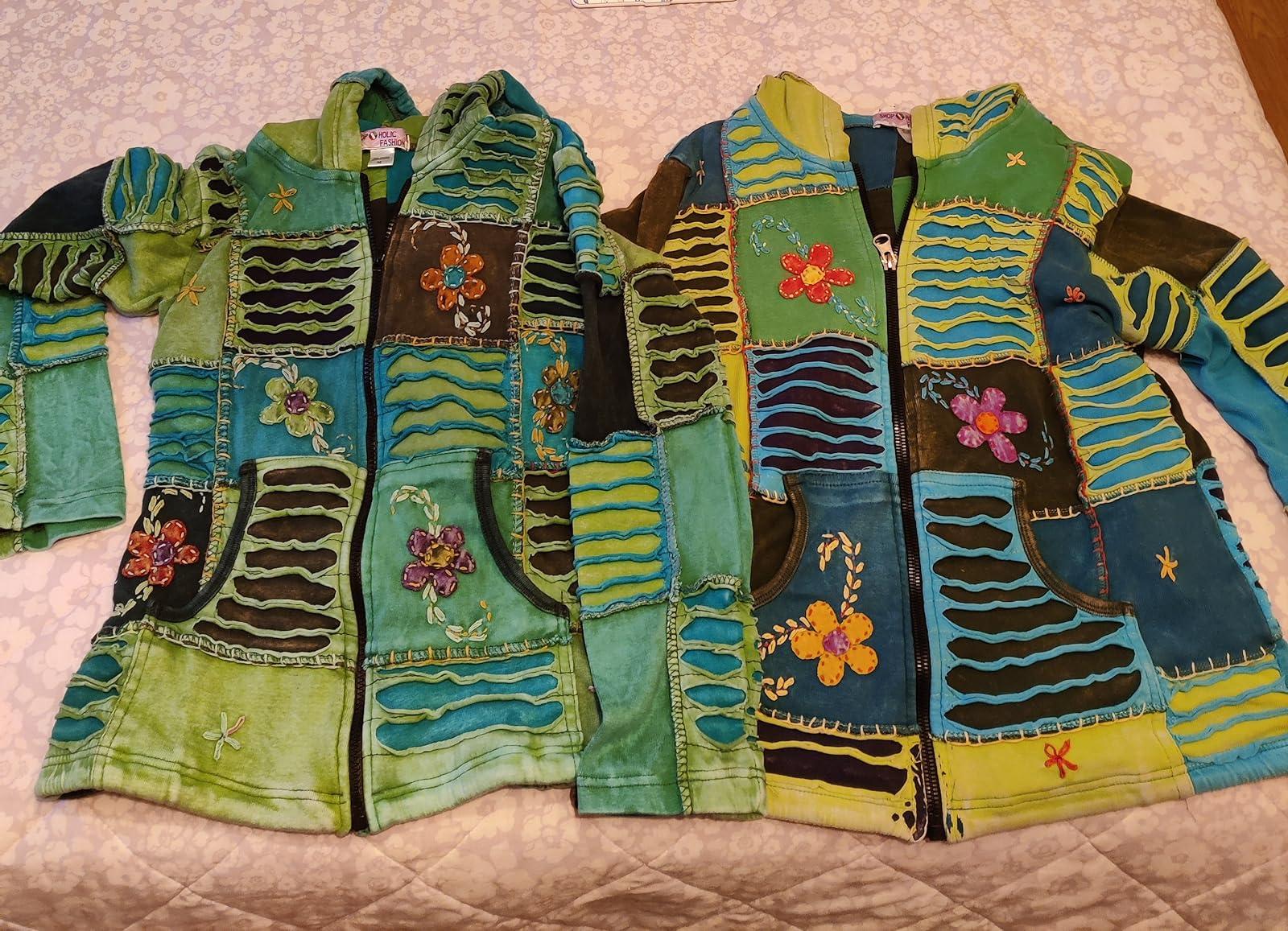The 1960s and 1970s were marked by a cultural revolution that extended into the realm of fashion, giving rise to the iconic style of hippie clothes. This era, characterized by a rejection of mainstream norms and a pursuit of individual freedom, saw the emergence of a vibrant and eclectic fashion movement that became synonymous with the counterculture of the time.
Hippie Fashion Origins
The term "hippie" was coined to describe the youth subculture that rejected the conventional values of their parents' generation. As a rejection of the conformity and consumerism of the time, hippie fashion aimed to reflect a more natural, bohemian, and free-spirited lifestyle.
Key Elements of Hippie Clothes:
-
Flowing Fabrics and Earthy Tones: Hippy clothing embraced loose, flowing fabrics such as cotton, linen, and gauzy materials. Earthy tones like browns, greens, and muted yellows dominated the color palette, reflecting a connection to nature.
-
Bell-Bottoms and Flared Pants: One of the most iconic elements of hippie fashion was the adoption of bell-bottom and flared pants. These wide-legged trousers became a symbol of rebellion and a rejection of the more tailored and structured styles of the previous decades.
-
Tie-Dye and Psychedelic Prints: The psychedelic movement greatly influenced hippie fashion, leading to the popularity of tie-dye patterns and vibrant, swirling prints. These colorful designs reflected the free-spirited and experimental mindset of the counterculture.
-
Maxi Dresses and Bohemian Silhouettes: Maxi dresses, often featuring floral prints and billowy sleeves, became a staple of hippie wardrobes. Bohemian-inspired silhouettes, with their loose and relaxed fit, were embraced as a departure from the rigid fashions of the past.
-
Embroidery and Handcrafted Details: Hippie clothes often featured intricate embroidery, beading, and handcrafted details. These embellishments added a personal touch and reinforced the rejection of mass-produced, commercial fashion.
-
Accessories: Accessories played a crucial role in completing the hippie look. Fringed vests, headbands, round sunglasses, and floppy hats were popular choices. Symbolic jewelry, such as peace signs and beaded necklaces, reflected the movement's values.
Legacy and Modern Influence:
While the original hippie movement waned by the end of the 1970s, its impact on fashion endured. Elements of hippie style continue to influence contemporary fashion, with designers often drawing inspiration from the free-spirited, bohemian aesthetic. The quest for individual expression and a connection to nature, which defined hippie clothes, remains relevant in today's fashion landscape.
Hippie clothes were more than just a fashion statement; they were a visual manifestation of a countercultural revolution that sought to challenge societal norms and embrace a more liberated way of life. The legacy of hippie fashion endures as a symbol of creative expression, individualism, and a rejection of conformity in favor of a more authentic and free-spirited existence.




